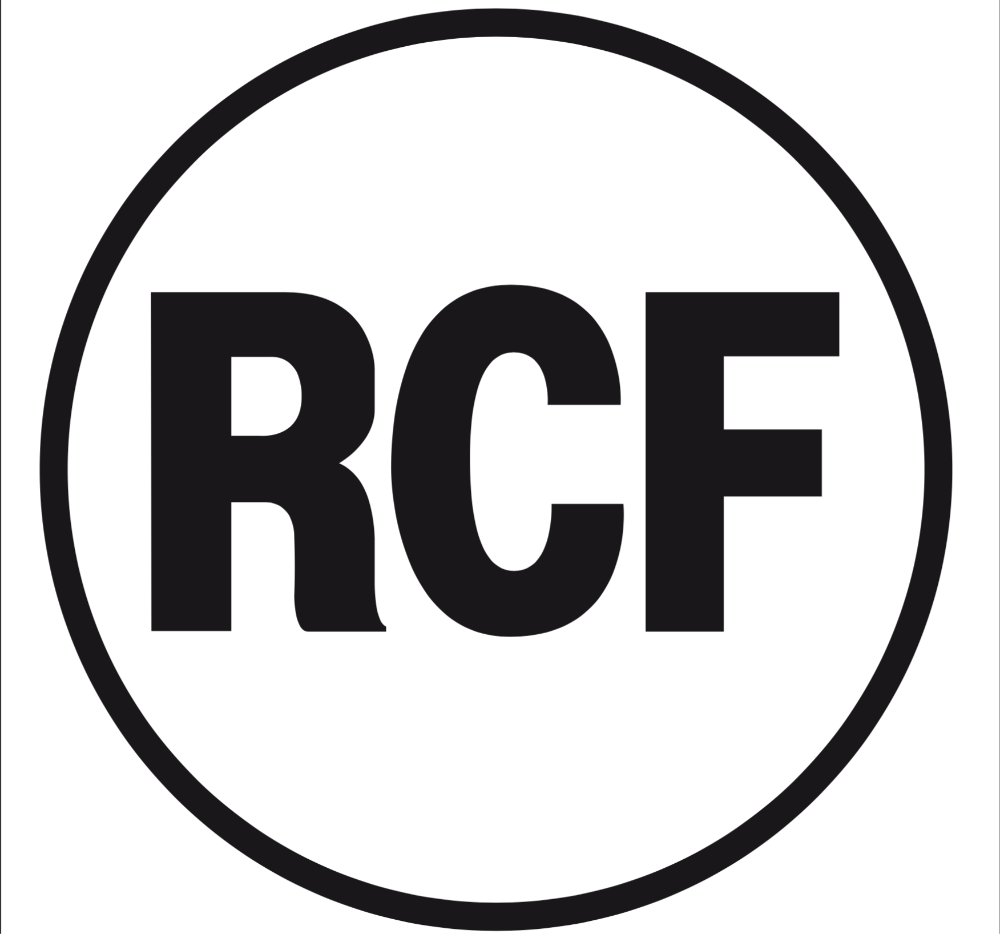- Thread Starter
- #101
But....and it is a big but, do you want those speakers in your room?
No.but there is is where I can imagine some sort of fancy looking fabric cover. The classic Vandersteen speakers look fine with their sock, but they they are ugly with the sock off. You could imagine a B&O level kind of fabric scultpure.
Everything can be measured but the “preference score” computation may need to be adjusted.I think horns can do this at a greater listening distance. I think this explains why horns can be so seductive, despite having less than flat response. If you require an objective attribute of speakers that eludes measurement, it might be near field effect.
It could be some variation of direct vs reflected sound. Amir has mentioned in a post somewhere that the dynamics/ability to go loud without compression is unique even against his Salon2 (but he listens to music loudly).
One aspect of Magnepan which is not measured commonly but easily measurable is that the line source results in a volume drop off that more closely follows 1/r instead of 1/r2. In big rooms with Magnepan’s playing background music during a cocktail party, you can hear the music far away but your conversation near the speaker isn’t drowned out by the music…

